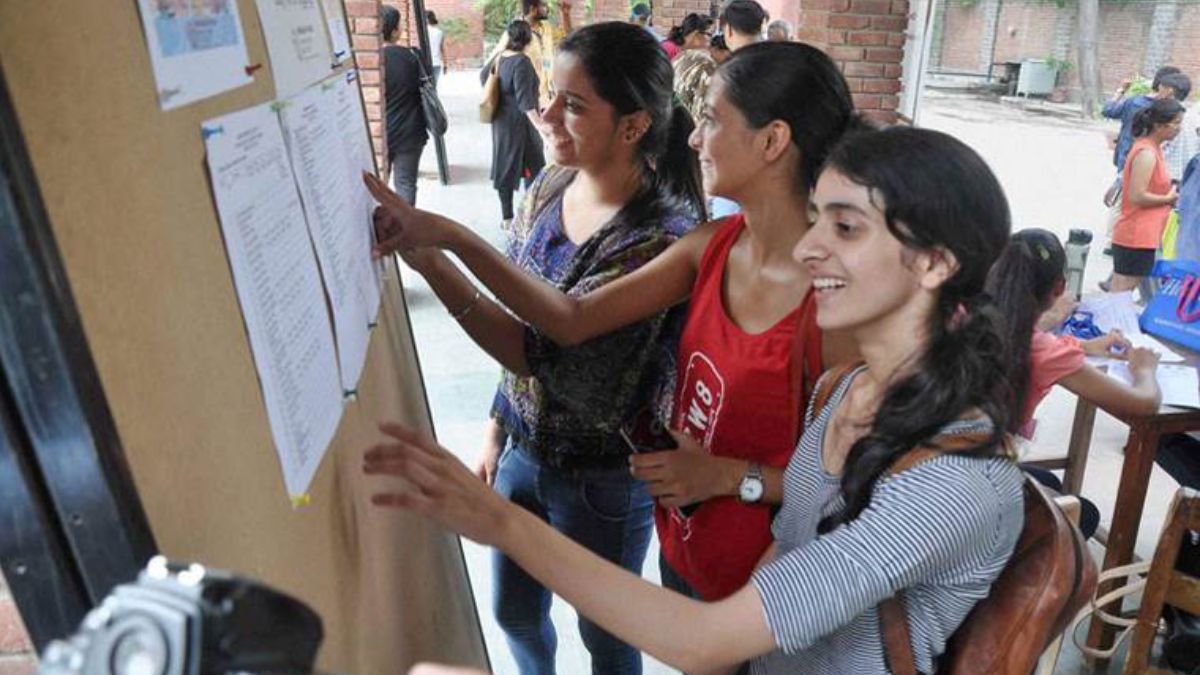In a significant policy shift in the Indian higher education landscape, the University Grants Commission (UGC) has allowed universities across the country to offer admissions to students twice a year.
This innovative bi-annual admission model which will begin from the next academic session of 2025-26 in various universities seeks to overhaul traditional admission norms, potentially yielding a plethora of advantages for students, UGC chairman Professor Mamidala Jagadesh Kumar told ANI.
Here’s a closer look at how students stand to benefit
What are the new changes?
Currently, regulations permit students to be admitted only once a year, starting in July/August, for regular mode programmes. However, with the recent UGC decision, students can now be admitted twice a year, in January/February or July/August academic sessions.
Last year, the UGC allowed bi-annual admissions for open and distance learning (ODL) and online modes, with the two admission cycles in January and July. During this trial period, the UGC discovered that nearly half a million students, who would have otherwise waited an entire year, were able to join these programs in January.
Based on the “tremendous response and interest” from students in the ODL and online programs, the UGC council in a meeting in May decided to extend the bi-annual admission policy to Higher Education Institutions (HEIs) offering regular mode programmes, the UGC chairperson said.
Impact Shorts
More ShortsWhile bi-annual admissions are not mandatory, colleges will have the flexibility to increase student intake and introduce new programmes in emerging fields. To implement this, institutions will need to amend their regulations to facilitate admissions twice a year, as per the UGC guidelines.
Which programmes are eligible?
Under the new decision, bi-annual admissions will be available for undergraduate, postgraduate, and PhD courses.
Regarding those that require entrance exams, Kumar explained to The Indian Express, “For PhD admissions, currently all universities admit in July. We are conducting UGC-NET twice a year. So, universities can now begin to admit twice a year in PhD programmes.”
“For postgraduate programmes, CUET (PG) is not mandatory, it is only an option and many universities admit based on their own entrance exam or marks in undergraduate programmes. Now they can offer biannual admissions in master’s programmes,” he added.
Similarly, for undergraduate programmes, CUET (UG) is mandatory only for central universities, Kumar noted.
“They use a combination of admission criteria including CUET (UG) scores, their own entrance exam, and board exam marks. If any university wants to start UG programmes in a second session, they are free to do it,” he mentioned.
The UGC chairman also said that in coming years with bi-annual admissions, the National Testing Agency (NTA) is planning to conduct exams twice a year, as it will be advantageous for students.
How does it benefit students?
Choice for students: The bi-annual admissions will help students who miss the admission process for any reason, they can choose a course of their liking without having to wait another year.
As per Kumar, “If Indian universities can offer admission twice a year, it will benefit many students. Such as those who missed admission to a university in the July-August session due to a delay in the announcement of board results, health issues, or personal reasons. Biannual university admissions will also keep students motivated since they do not have to wait one full year to be admitted if they miss admission in the current cycle.”
Resource Optimisation: While explaining how bi-annual admissions will enhance the learning experience for students, Kumar told ANI that institutions will have an opportunity to strategically allocate resources such as faculty, labs, classrooms, and support services more efficiently, resulting in a better functional flow within the university.
“It is a choice for them…depending on the infrastructure that is available. For a science program, if they find that for the students admitted in the July session lab facilities are used in the daytime, they may want to use lab facilities in the evening for the session that began in January, so that there is better utilisation of resources available in universities,” Kumar told the Indian Express.
“HEIs can maximise the usefulness of biannual admissions only when they sufficiently prepare the faculty members, staff, and students for the transition,” Kumar added.
Better campus recruitment: Kumar said with institutes admitting students twice a year, campus recruitment will also be given a push as they will be providing a steady stream of graduates throughout the year, rather than a single annual influx. This allows companies to plan recruitment drives more effectively, aligning their hiring needs with the availability of fresh talent.
Additionally, the staggered graduation periods will reduce the pressure on college placement cells, enabling more personalised and effective career support for students.
Enhanced student exchanges: The UGC chairman said universities worldwide are already following the biannual admission system, and if Indian institutions adopt the biannual admission cycle, they can enhance their international collaborations and student exchanges.
“As a result, our global competitiveness will improve, and we will align with the global educational standards,” he added.
Kumar further emphasised that if HEIs implement biannual admissions, they must address administrative complexities, plan effectively to optimize resource usage, and offer seamless support systems for students joining at different times of the year.
“HEIs can maximise the usefulness of biannual admissions only when they sufficiently prepare the faculty members, staff and students for the transition,” he told ANI.
With input from agencies
)